Waking up to a closet full of nothing to wear is frustrating.
You spent money, you have all this stuff, and you still struggle to get out the door feeling good in your clothes.
I get it. Everyone has been there. I spent the first decade of my career helping women with this exact challenge. And now, I’m fortunate to get to talk to our community every day and hear that they struggle with the same thing.
We can fix this, but you first have to understand how you got here.
Let’s break it down because once you know why you have nothing to wear, you can start to turn it around.
Why You Feel Like You Have Nothing to Wear
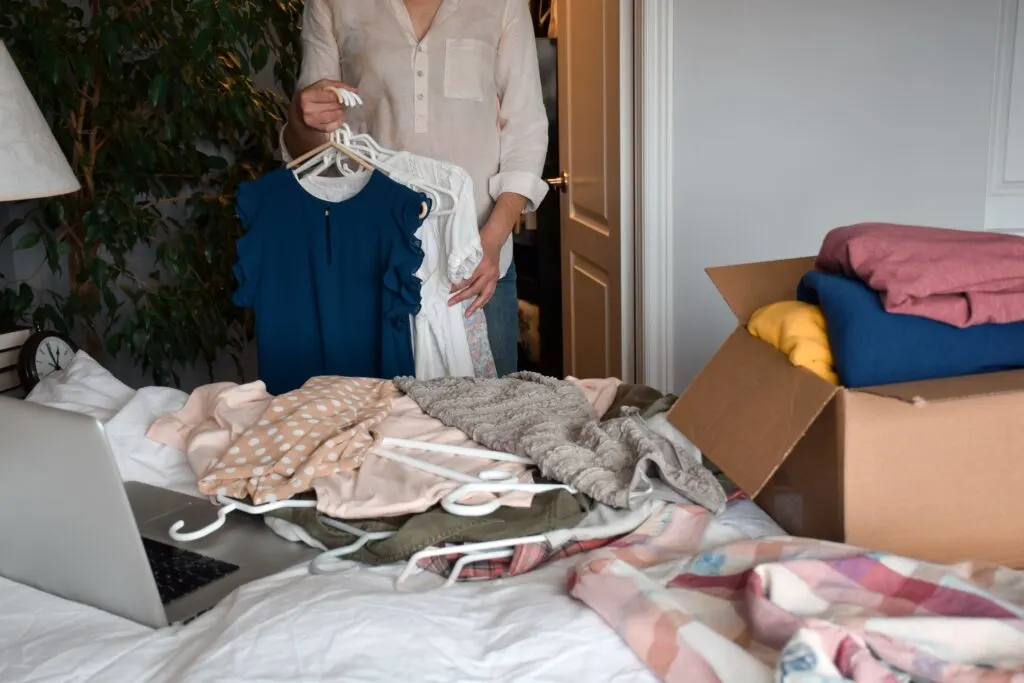
Building a functional wardrobe is a lot of work.
It takes an investment of time and money, two things we are all short on these days.
Understanding your pain points, or where you “trip up,” helps you make better decisions in the future, and you’ll save time, money, and sanity.
You’ll be able to go from feeling like you have nothing to wear to having endless options and being excited about getting dressed.
7 Reasons Why You Have Nothing to Wear
There are many reasons why you have nothing to wear.
I guarantee you will see yourself in many of the examples below.
We’ll discuss how to fix it and what to avoid it in the future and highlight our most popular posts with some of our best advice.
As always, I’d love to hear your takeaways in the comments.
Use this conversation to keep you on track as we move into the new season.
1. You’re Buying for One Time Wear
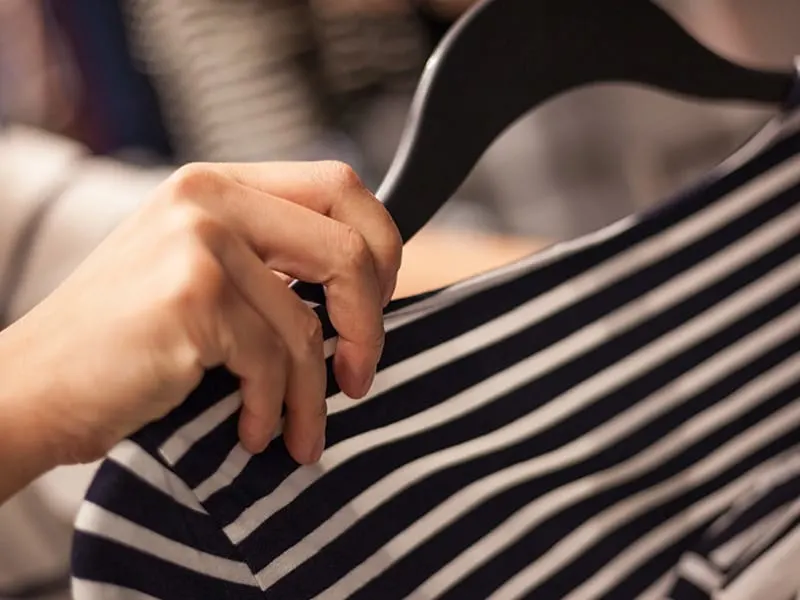
I see this all the time; it’s perhaps the number one culprit for having a closet full of nothing to wear.
You have something on the calendar, like a party or trip, and you want a cute new top. So you buy the cute new top, and after the event, you realize you can’t wear it with anything else.
Instead, when you make any purchase for your wardrobe, consider how many different ways you can wear it; at least two to three options are best.
You’ll hear me refer to this as the “Wear it Three Ways Rule.”
And be sure you have those items in your closet already. It’s not helpful if you think, “Oh, I can wear this with white jeans,” but you don’t have white jeans.
2. You’re Buying for a Different Lifestyle.
A big complaint I hear, especially over the last year, is that many of our lifestyles have changed, and we don’t need as much, or need different things.
We are either more casual than before, or there is less to do, so you have less need for specific categories of clothes.
Maybe you retired, changed jobs, moved to a rural area, or noticed less need for a wide variety of “going out clothes.”
Think about your time, how you spend it, and what you need/want to wear.
I use to flying around the country several times a month as a speaker, than I had a baby and the pandemic happened and I never wore a sheath dress again. Our lives our constantly evolving, you’d be surprised how much that impacts our wardrobes.
You could find the most fabulous, best fitting, amazing deal of an item, but if you have no place to go, it’s not a good buy and will just add more clutter to your closet.
3. You Lack Basics

I happen to love basics, but I hear all the time how boring they are.
So what happens is you spend your time and budget filling your closet with fun pieces.
Color! Print! Scarves! Fun Shoes!
And you still can’t put an outfit together.
Basics provide the structure you need to have a functional wardrobe.
And basics vary depending on your individual needs, but this article might be helpful to get you started: 12 Basics for a Woman’s Wardrobe.
4. You’re Only Shopping Sale
No one loves a bargain more than I do, as evident in our weekly Sunday Sales Feature.
But, if you only shop sales, you’re limiting your options and likely making do with pieces that don’t serve you well.
Also, you’re probably buying things you don’t need simply because it is on sale.
After over a decade of cleaning out and reorganizing wardrobes with private clients, I know you will save thousands of dollars if you invest in better basics and use sales to discover an actual deal, a hidden treasure, or to add fun, novelty pieces.
5. You Have Too Much
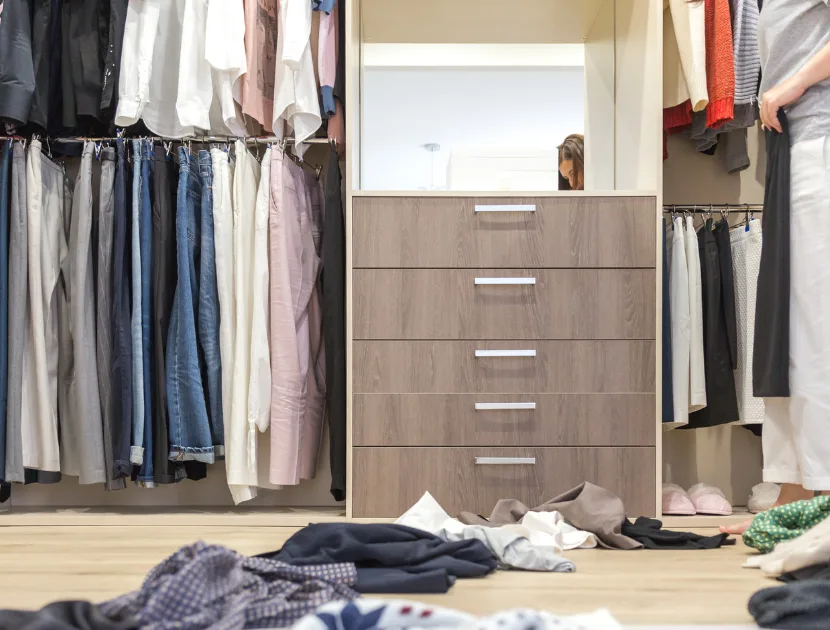
I’m often asked how many of something you should own, for example, “How many jeans are enough?”
And my answer is always the same, “It depends.”
Our lifestyle determines our needs; maybe your lifestyle supports dozens of pairs, and perhaps you only need three.
Back when I worked with clients in person, I was always blown away by the sheer volume of clothes women had in their closets that they did not need, like, or wear.
They just held on to items, like someone who’s been retired for five years but kept all of her suits from the early 2000s – “just in case.”
Hanging on to items you’re not wearing and don’t need creates massive amounts of clutter.
And you can’t see what you have when it’s hidden beneath clutter, and if you don’t know what you have, you’re not utilizing everything.
If this sounds like you, your first order of business is to edit your wardrobe and only keep what you love.
6. You Lack Organization
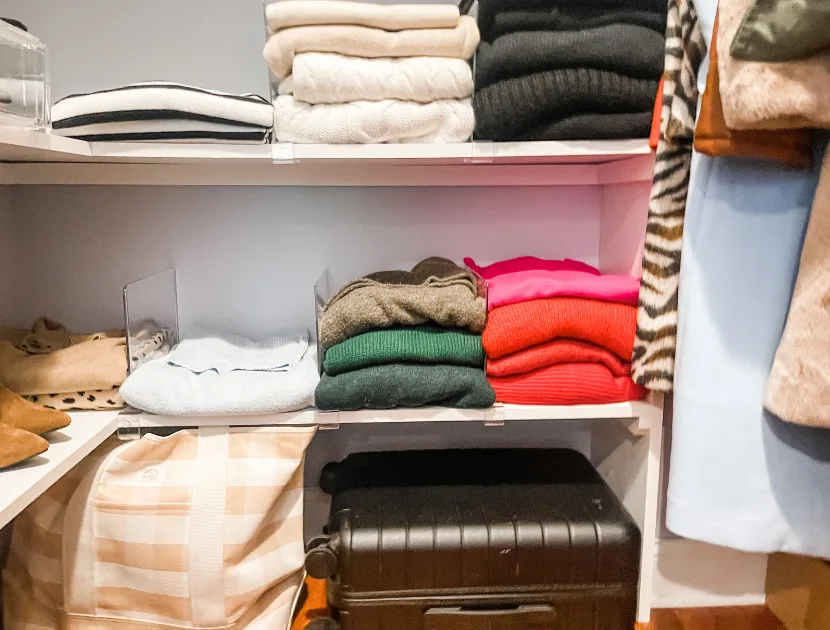
Once your space is pared down, spend a little time getting it organized.
You don’t have to spend a fortune at The Container Store; you might have everything you need in other rooms in your home.
Be sure to create a category for everything you have and a space you can easily access. You won’t wear it if you can’t see what you have.
Corral scarves in baskets, hang necklaces on 3M hooks and keep like items together either folded or hung.
Invest in slim-lined, flocked hangers to make the most of your space so everything is at eye level.
Here are some of my favorite, affordable items to organize your closet, whether big or small.
7. You Don’t Know Your Style
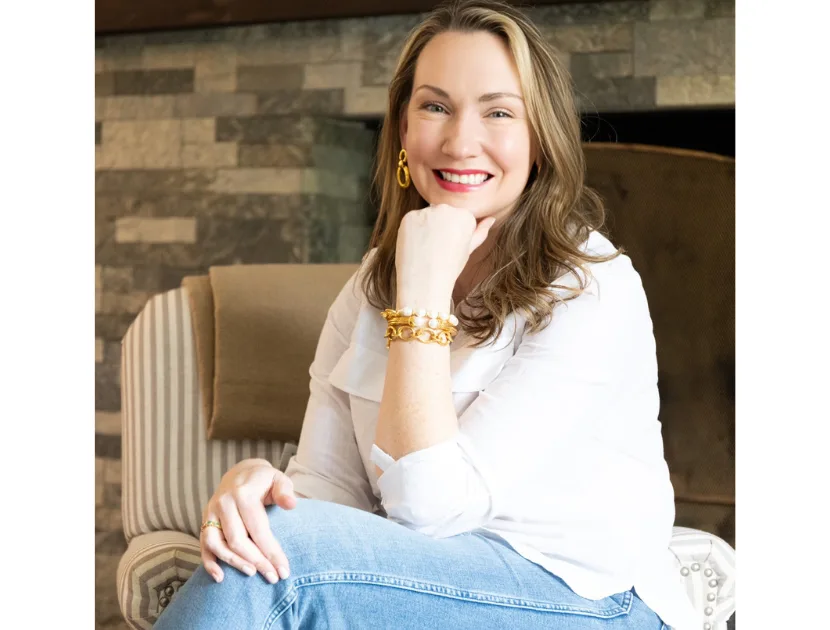
Our post, How to Define Your Personal Style will walk you through our simple process.
Clients used to tell me, “I just don’t have any style.”
But that was rarely the case.
With few exceptions, most women have style but need help to articulate it well or notice it when they see it.
For me, personal style is an ever-changing process. My style in my 20s is wildly different from my 40s, as it should be.
Both reflect who I was and what I loved in that chapter of life. And as I’ve aged, my style has become more fine-tuned, consistent, and confident.
Once you identify your style, editing your wardrobe and shopping becomes much more manageable.
If you’re not already on Pinterest, consider setting up an account and creating a personal style board. You can add images of outfits you like and “pin” all sorts of inspiration.
Once you fill a board with 50 plus pins, repeat it and edit it to only your favorite.
You’ll start to see common themes throughout.
For example, do you prefer pants to skirts? If you didn’t save any skirt outfits, stop buying them.
Are you attracted to neutrals or bold prints and patterns? Have a board filled with neutrals; avoid bold prints when purchasing.
You’ll start to see what you like, which will help you curate your wardrobe in the future.


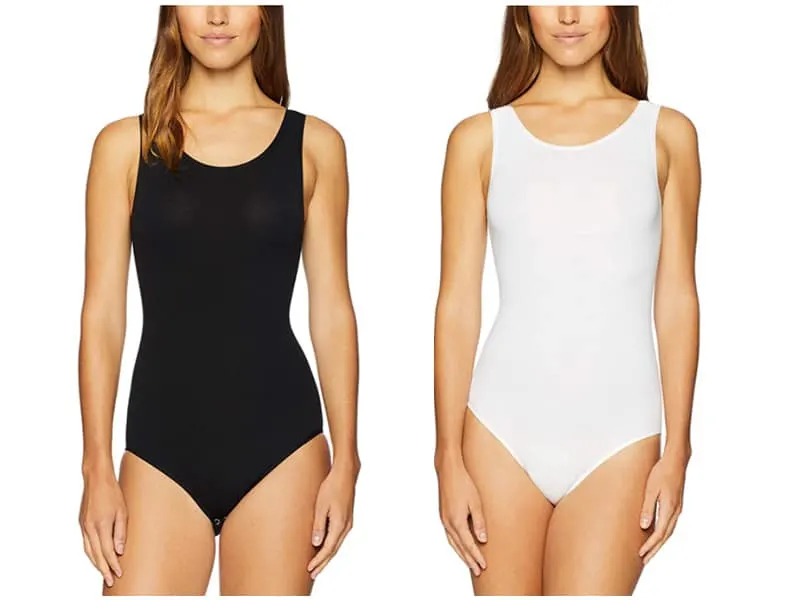
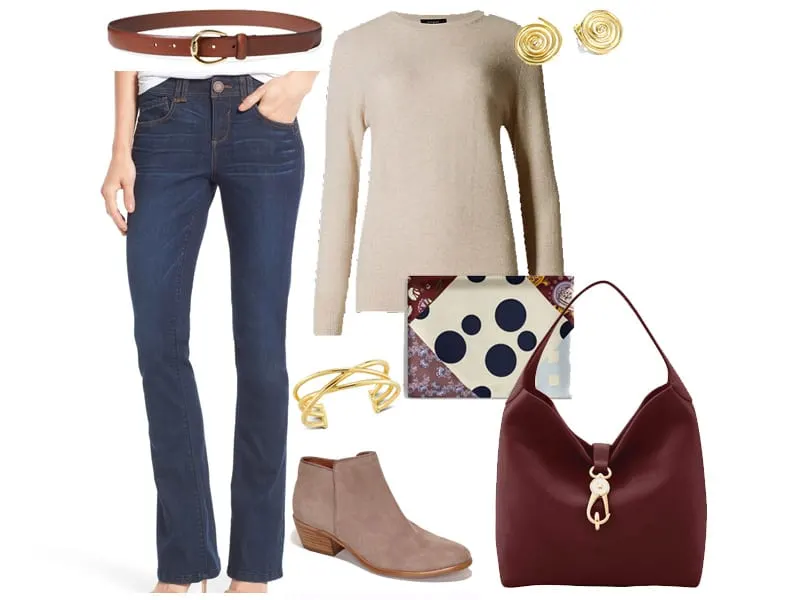
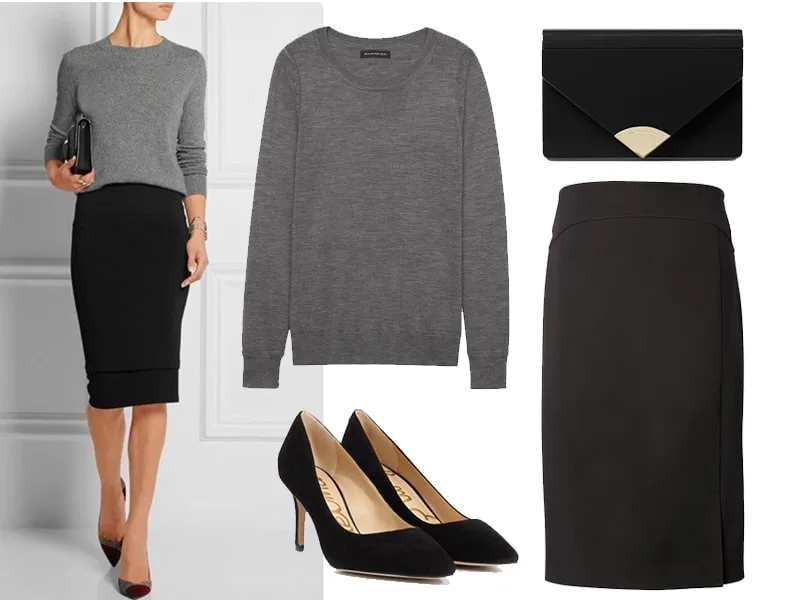
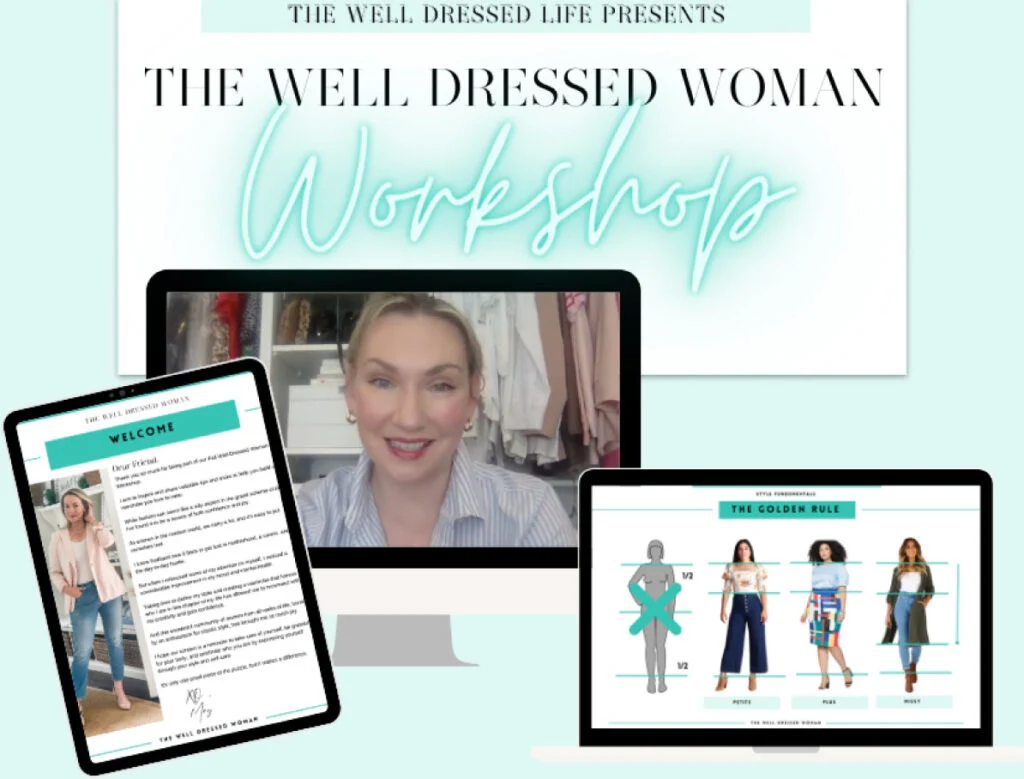
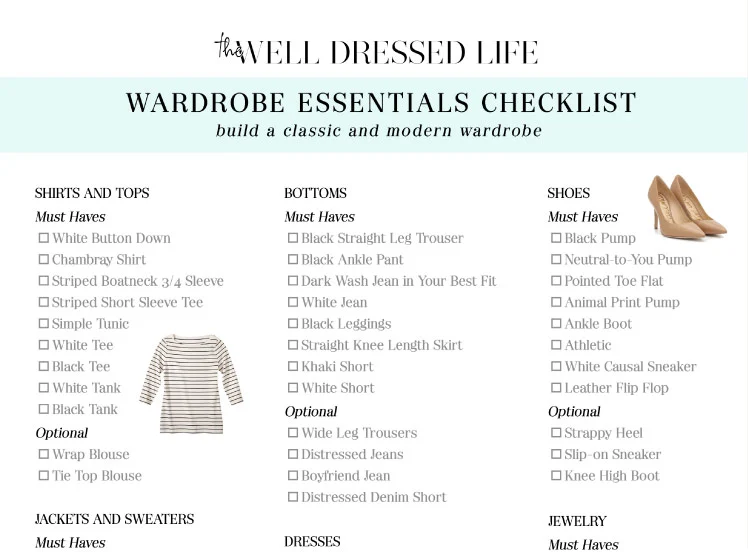
Leave a Comment